Field Report: Network Rail Signal Boxes in the 21st Century
Last fall, I met a Network Rail signaller at the TRM while he was on holiday in Toronto. We exchanged contact details and agreed to meet up when we were both in the U.K.
I recently met up with David Horton near Doncaster to visit several signal boxes still operating on the British rail network. Despite advances in computerized signalling, many parts of the network, especially freight-only routes, still use interlocking technology devised in steam days.
Our fist stop was Finningley (Photo 01), where I met Keith, one of David’s colleagues. The box controls a stretch of line to the east of Doncaster, including signalling and level crossings, which are operated using security cameras (CCTV) and electronic relays (Photo 02). When a train is approaching Finningley’s area, a message is sent to the signaller. If the line is clear, the signals will be set accordingly and as the train moves through the circuits (displayed on a lit diagram on the control panel), the level crossing barriers will be lowered and checked on CCTV before the train passes. Operations in the box are controlled by push buttons.
Continuing on, David and I travelled to Maltby, his home-box, where I met Martin and saw an older generation of signal box. Maltby Colliery recently closed, but rail traffic on the freight line continues. It is a very tranquil spot and the signal box is far from Spartan, boasting such amenities as a bathroom, kitchenette and a bed. In fact, it was quite cosy. (Photo 03) Signallers work 12-hours shifts: one week of days and one week of nights, with a break in the middle. Unlike Finningley, Maltby still features levers and semaphore signals (Photo 04). During my visit, a late running train stopped at the signal and I was able to see how Martin decided to hold it so that other trains could pass, thus preventing a backlog of delays (Photo 05). After a nice cup of tea and a rest, David and I continued on to Worksop Power Signal Box.
Unlike the other two boxes, Worksop is a modern signal box, comprising two Portacabins (site trailers) stacked on top of each other (Photo 06). All the controls in the box are electronic. I met Nigel, the signaller on duty, as well as some Network Rail maintenance staff, who were taking a break for lunch. There was a lull in traffic, but the wide array of buttons on the control panel showed that this signal box could be a very busy place when rail traffic was heavy (Photo 07).
In all three boxes that I visited, I saw dedicated staff efficiently going about their work. The tidiness and attention to detail in all three boxes showed how much pride is taken in making the railway run efficiently. Being a signaller is a difficult job, carrying much responsibility and requiring constant attention, something which is hard to do as rail traffic can come and go in waves. Night shifts are especially difficult, where there might not be a train for hours and then several all at once. Safety is paramount and all Network Rail signallers are required to take a refresher course every six months.
While the continued existence of signal boxes is testament to the lasting effectiveness of interlocking technology, their days are numbered. Many boxes have already disappeared, and many others will go as new centralized offices take over. These new buildings control vast distances. For instance, the new signalling centre currently being built in York will control all rail traffic between York and Peterborough, 120 miles to the south (Photo 08).
These three signal boxes may be a relic of a past era, but they still play an important role in the running of the British railway network.
Special thanks to David Horton and all the Network Rail staff who made me feel at home. All photographs were taken with permission and all safety regulations were followed.
Posting and Photos by Thomas Blampied
Click on each image for a closer look!
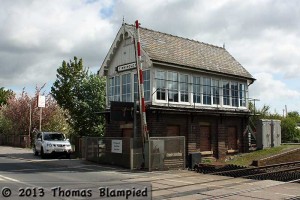 |
| Photo #1 |
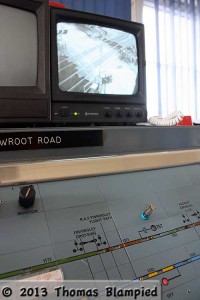 |
| Photo #2 |
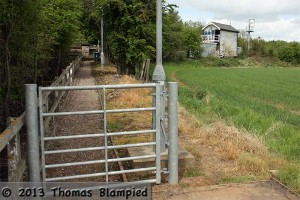 |
| Photo #3 |
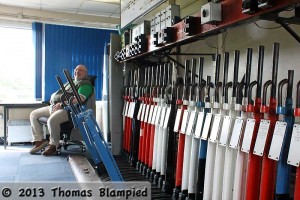 |
| Photo #4 |
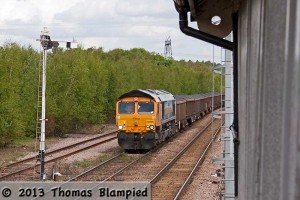 |
| Photo #5 |
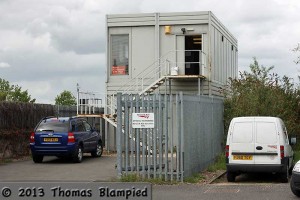 |
| Photo #6 |
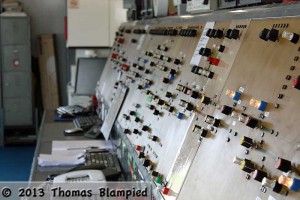 |
| Photo #7 |
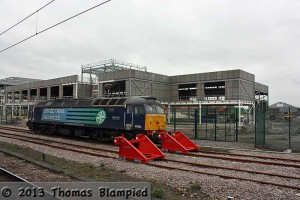 |
| Photo #8 |

